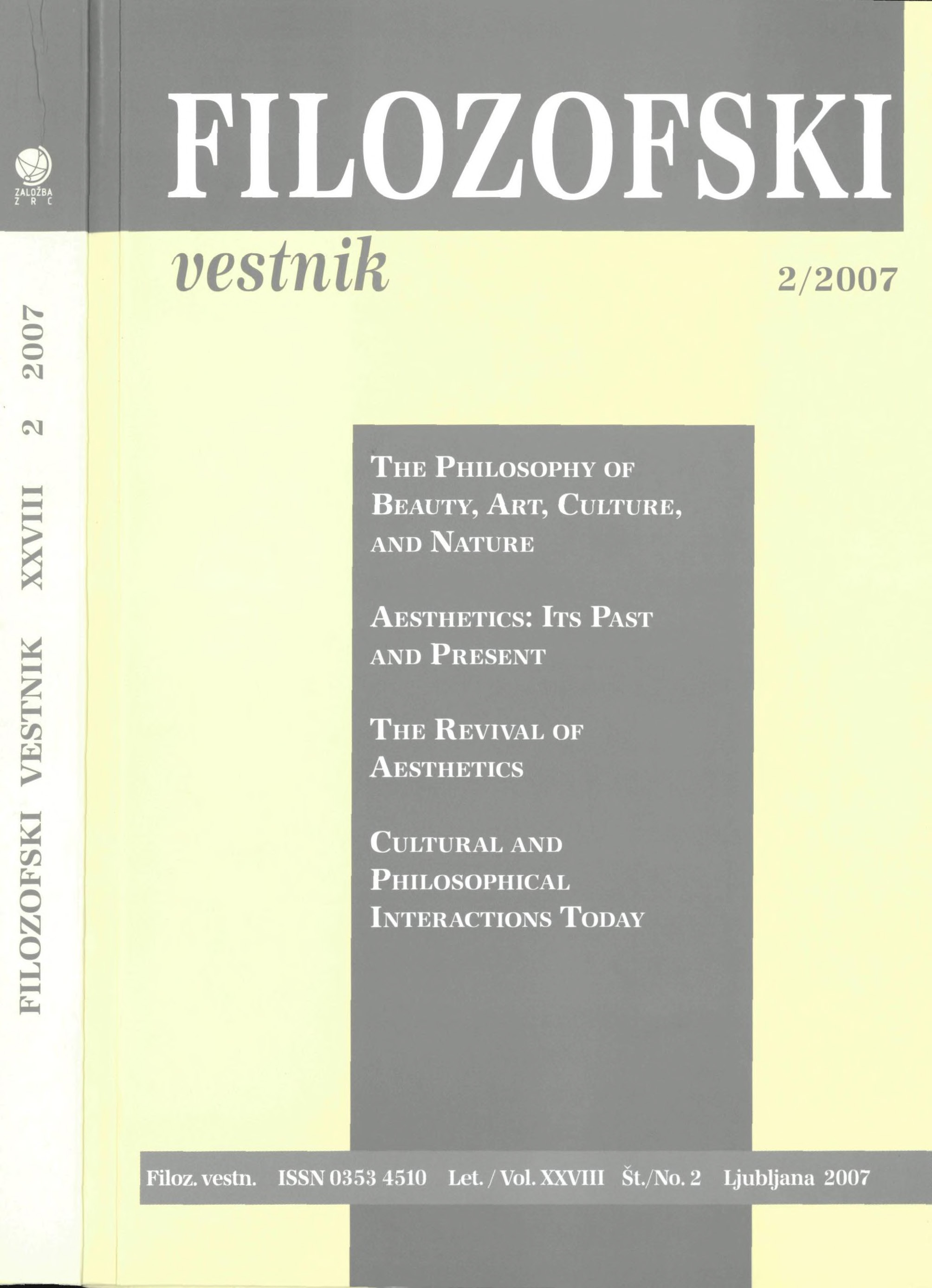The Implication of Images in the Revival of Aesthetics
Povzetek
Contemporary aesthetic theory is embedded in a culture dominated by images, and so would seem to require a reversal of Plato's critique of image-making. In adopting this stance, aesthetic theory follows in the footsteps of Nietzsche, whose own project was conceived as a reversal of Platonism. But the critique of Plato that underpins these views is based on a tradition that has misconstrued some of Plato's fundamental ideas. For this reason, the standard critique of Platonism is ineffective as a critical response to the culture of images. Aesthetic theory needs instead to produce a critique of the contemporary image-world based on the view that it emerges from a transformation in the paradigm of production. Images are no longer merely a part of the world that is produced, but themselves have a crucial role in the process of production.Prenosi
Podatki o prenosih še niso na voljo.
Prenosi
Objavljeno
2007-01-01
Kako citirati
Cascardi, A. J. (2007). The Implication of Images in the Revival of Aesthetics. Filozofski Vestnik, 28(2). Pridobljeno od https://ojs.zrc-sazu.si/filozofski-vestnik/article/view/3181
Številka
Rubrike
The Revival of Aesthetics
Licenca
Avtorji jamčijo, da je delo njihova avtorska stvaritev, da v njem niso kršene avtorske pravice tretjih oseb ali kake druge pravice. V primeru zahtevkov tretjih oseb se avtorji zavezujejo, da bodo varovali interese založnika ter da bodo povrnili morebitno škodo.
Podrobneje v rubriki: Prispevki





